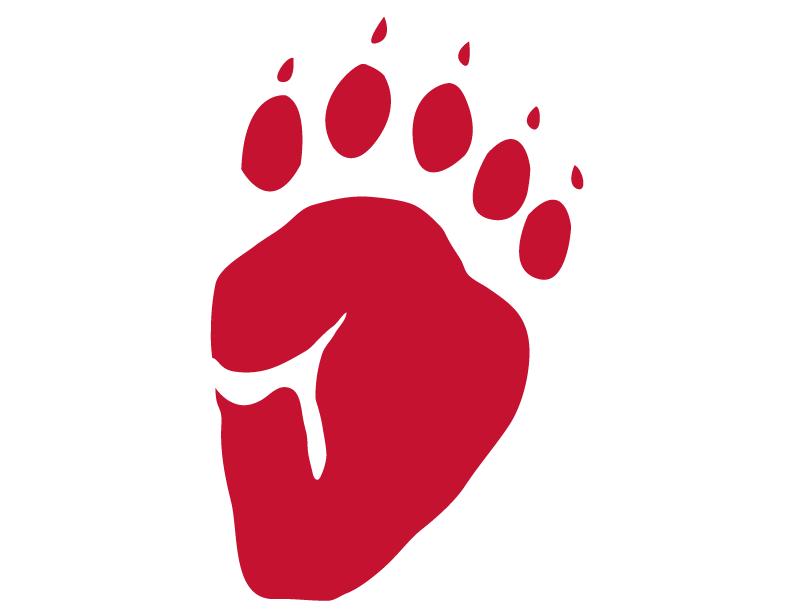Art has been used as a method to communicate and express ideas for millennia. From ancient cave paintings to the Mona Lisa, art has been used to inspire new ideas and provoke thought. In field guides, these pieces interpret complex scientific ideas of the natural world to a wide range of audiences. A modern field guide might depict native wildflowers, local bird species or even constellations. Art in field guides has evolved dramatically in recent years with the development of new technologies, but still helps the reader to form a meaningful connection to their environment.
Early records of field guides provide examples of naturalists communicating complex ideas through art. Maria Sibylla Merian was a German naturalist, entomologist and scientific illustrator. Born in Frankfurt, Germany in 1647, she started to use her paintings to introduce a groundbreaking idea to the scientific community: metamorphosis. She studied caterpillars as they wove intricate cocoons and emerged as vibrant butterflies. Her detailed illustrations of insects and plants, showing their life cycles, were unparalleled in their scientific accuracy and artistic merit. Her talent for observation helped to establish entomology as a distinct and worthy field of study. She demonstrated that visual communication was essential to the study of the natural world.

Field guides translate the wonders of the natural world into stories everyone can understand.
The 19th to early 20th century marked the rise of an increase in the importance of scientific accuracy. It was a time of rapid discovery and emerging scientific technologies that changed the world. John James Audubon embodied this concept and quickly rose to fame for his seminal work "Birds of America.” These detailed and life-sized artworks of birds became the standard for ornithological artists even today. The Audubon Society, founded in 1905, fifty years after Audubon's death, was created by women of Boston's high society to stop the destructive practice of plume hunting. This era saw the medium of scientific illustration transition from just representation to a critical tool for scientific study and preservation.
The mid-20th century saw the development of something new: identification guides for field use. Conservationist Roger Tory Peterson is largely credited with inventing the modern field guide. His 1934 “A Field Guide to the Birds of Eastern and Central North America” was coveted by millions of amateur and professional ornithologists. Peterson piloted the modern techniques of depicting key field marks which was incredibly useful for quick identification in the field. His field guides made birdwatching both a popular pastime and expanded on scientific pursuits.

Hand-drawn bird guides often reveal more than photos, highlighting the key details that make identification easier.
Artists today such as David Allen Sibley and John Muir Laws continue to be inspired by scientific advancements that allow us to understand complex natural processes, from vast supernovas to insect metamorphosis. Today, high definition digital photography has provided readers with immense accuracy and detail, as well as up to date research and information. These modern artists remind us that hand-drawn art still remains a powerful medium even today. The core principle of this art form remains the same throughout history: to educate and inspire readers to learn more about the natural world around them. Our field guides continue to illuminate the wonders of nature for all to see.
Meridith Carley is a current Naturalist at Walking Mountains Science Center. She graduated from the University of Oklahoma in 2024 and has been working as an environmental educator and an accomplished scientific illustrator for three years. She has previously taught on Nantucket Island and in Savannah, GA educating all ages about the plants and animals of each unique ecosystem. In her free time, she loves to paint, surf, hike, and do anything outdoors! She is most looking forward to teaching about winter in the Rocky Mountains.







